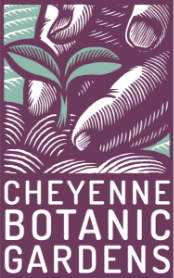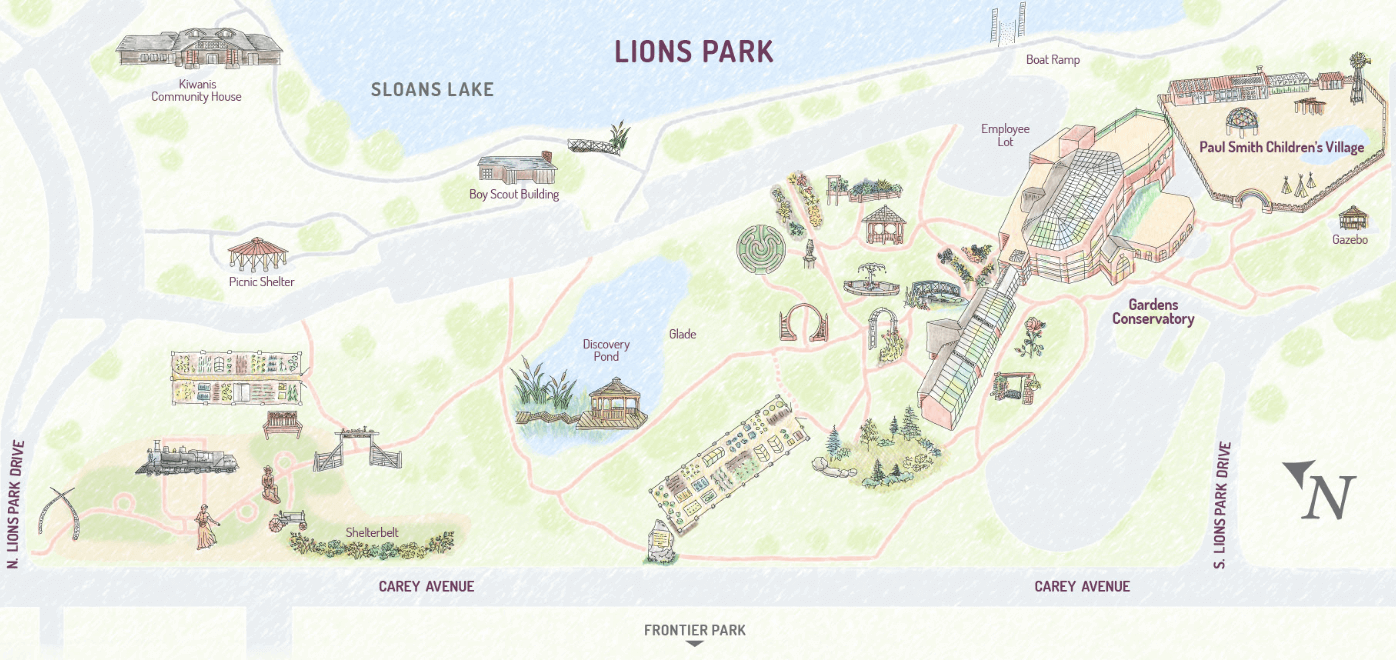Weigh Pros & Cons Before Considering a Planting of Aspen – by Shane Smith
The award for the most ubiquitous of all landscaping choices on the High Plains would likely go to the Aspen Populus tremuloides (quaking aspen). It is loved because it reminds people of the mountains while many arborists and horticulturists say aspens should stay in the mountains where they belong. There are some points to ponder if you are considering adding aspens to a new or renewed landscape.
The aspen is a fast grower, and adds quick establishing “mountain woodland” feel to a yard. Aspen is a small to medium-sized tree with distinctive white bark. It gets the Latin name tremuloides, because its leaves “tremble” in the slightest breeze. They are also prized for their bright yellow fall color.
That is the end of this trees’ attractive characteristics. Now lets consider the downside to this tree. The aspen is affected by a variety of insect and disease problems. The aspen wins the award here at the Cheyenne Botanic Gardens for being number one in problem calls received.
In nature, aspen are “succession” trees, establishing fast where other vegetation has been lost due to fire, logging, erosion, insects or disease. They become the “nurse crop” for the succession of evergreens that establish later in the maturity of a forest. At that point, the aspen dies out. Aspens reproduce primarily by suckering. A grove of aspens are often all connected to each other and an original mother tree. This suckering habit is a great survival mechanism in nature but is a real problem in our yards as the sprouts pop up in lawns and gardens. Most every aspen eventually starts to grow suckers and unfortunately there is little that can be done to prevent this.
Aspens are short-lived trees, even with the best care they are lucky to reach 20 years but often the several insects or diseases that attack aspen make their life even shorter. There are many serious fungal diseases that attack aspen such as “Cytospora” and many cankers that attack the trunk, There are also many diseases that attack the leaves such as leaf spots (inkspot) and leaf rusts. On most every aspen you will find the following pests well-represented: oyster-shell scale, aphids and aspen twig gall fly. In fact, it is rare to see an aspen in Cheyenne that doesn’t have every one of these problems occurring all at once. Control of these pests is often difficult and often futile.
In their native habitat, aspen prefers moist, well-drained, and slightly acidic soil. Unfortunately most of the soil along the Front Range is poorly-drained, alkaline clay. This alkaline soil also triggers a hard to correct iron deficiency that gives the leaves a yellow shade with the veins of the leaf remaining green.
Professional horticulturists and growers are slow to recommend aspen as a tree of choice for the Front Range. If you still must have an aspen, plant them on north or east slopes or on north or east sides of the house, in soil well amended with organic materials and mulched after planting. It also helps to add a fair amount of sulfur to help acidify the soil. The hot, dry south or west sides of the home or on south or west slopes are difficult places for aspen to thrive.
If you are convinced to pass on the aspen for your yard, here are some good alternatives that are similar in size and application for the home landscape:
Acer ginnala – Amur Maple- Orange to red fall color, broad crowned tree. Height 15’- 20’, Width 15-20’.
Acer glabrum – Rocky Mountain Maple- Native maple, found in low areas around Vedawoo area, distinctive red stems and buds. Height 8’-12’, Width 8’-10’.
Acer tataricum – Tatarian Maple- Best small maple for this area. Pink winged seed pods, yellow to red fall color. Height 10’-25’, Width 18’-20’.
Alnus tenuifolia – Thinleaf Alder- Great in wet areas of the yard. Yellow fall foliage, cone-like winter fruits, reddish bark. Height 15’-30’, Width 12’-20’.
Amelanchier x grandiflora – Autumn Brilliance Serviceberry- Showy white spring flowers, edible black fruit. Fall orange-red color. Height 15’-20’, Width 10’-15’.
Betula occidentalis – Western River Birch- Cherry-brown bark, good fall yellow color. Height 15’-20’, Width 15’-20’.
Crataegas crusgalli inermis – Thornless Cockspur Hawthorn- Dark green glossy foliage, white flowers, red fruit. Height 15’-20’, Width: 20’-25’.
Forestiera neomexicana – New Mexico Privet- White bark reminiscent of aspen but grows more shrub-like. Drought tolerant! Height 8’-15’, Width 8’-12’.
Prunus padus – Mayday Tree- Early to leaf, hardy, drought resistant, fragrant flowers. Height 15’-20’, Width 15’-20’.
Ptelea trifoliata – Wafer Ash- Aromatic waxy leaves, drought tolerant small tree with rounded crown. Height 15’-20’, Width 12’-15’.
Quercus gambeli – Gambel Oak- Slow growing, native drought tolerant. Eventually becomes a tall shrub with interesting shaped trunks and limbs. Great fall color. Height: 15’-30’, Width 12’-20’.
Shepherdia argentea – Silver Buffaloberry- Silvery leaf, drought tolerant, produces fruit. Height 10’-15, Width 10-12’.
Sorbus x hybrid – Oakleaf Mountan Ash- Deeply lobed leaves unlike other Mountain Ash. Orange red fall fruits. Disease resistant. Height 20’- 25’, Width 15’-20’.
Thanks to CBG horticulturist, Steve Scott, for his assistance on this article!
This publication is provided free by the Cheyenne Botanic Gardens, however, donations are gratefully accepted. Make checks out to Friends of the Botanic Gardens or use the donation box located in the entryway of the conservatory. Support the Cheyenne Botanic Gardens- Join the Friends of the Botanic Gardens! Call 307-637-6458 for information on benefits. Thanks for your support!




